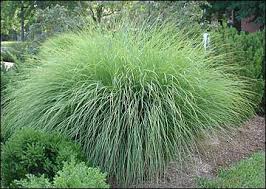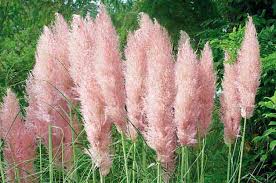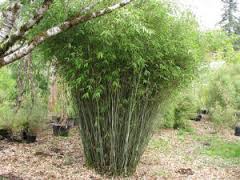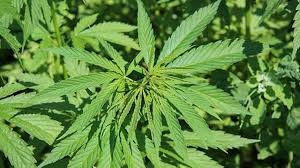Grasses and plants: A comparison.
Grasses cover about one-third of the world’s land area. They look quite different from other plants with their round, hollow stems with or without solid joints called nodes. Though not so obvious, grasses do have flowers. During the appropriate time of year, grasses bear lots of small flowers. They grow better than trees in many places as they only require much less water. They also protect the soil from eroding.
Grass roots that grow underground go to an inactive state when the land is dry. Again when the land gets wet during rains, the growth revives. That’s why we see lots of grass in the garden after it rains. Wheat, rice, corn, rye, oats, barley, millet and sorghum are some of the important cereal grains which are also most important grasses. Sugarcane is the sweetest grass ever known. Bamboo known for its multiple uses is the biggest grass of all.
Some types of grasses are annual grasses that live only for a year. Wheat, barley, rye and wild rice are all annual grasses. Rice and cordgrass are grasses that are aquatic meaning they can survive in water. The cordgrass can actually grow even in salt water. Though they start to grow in marshy area, eventually they let soil and sediments build up, turning marsh into dry land.
The one good advantage grasses have over trees is that leaves grow continuously outward from their bases. Hence grazed or mowed land of grass grows back again and again. Many species spread rapidly by sending out creeping stems beneath the ground or at the surface. Thus a single grass plant may produce a large patch of vegetation. This patch effectively prevents soil erosion.












